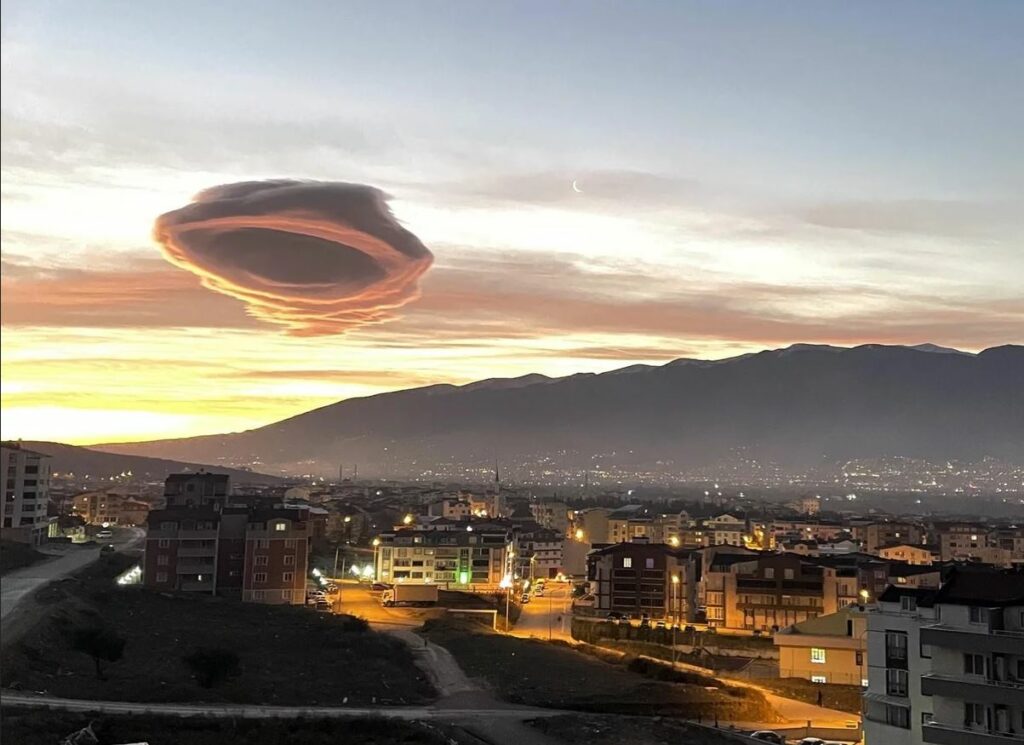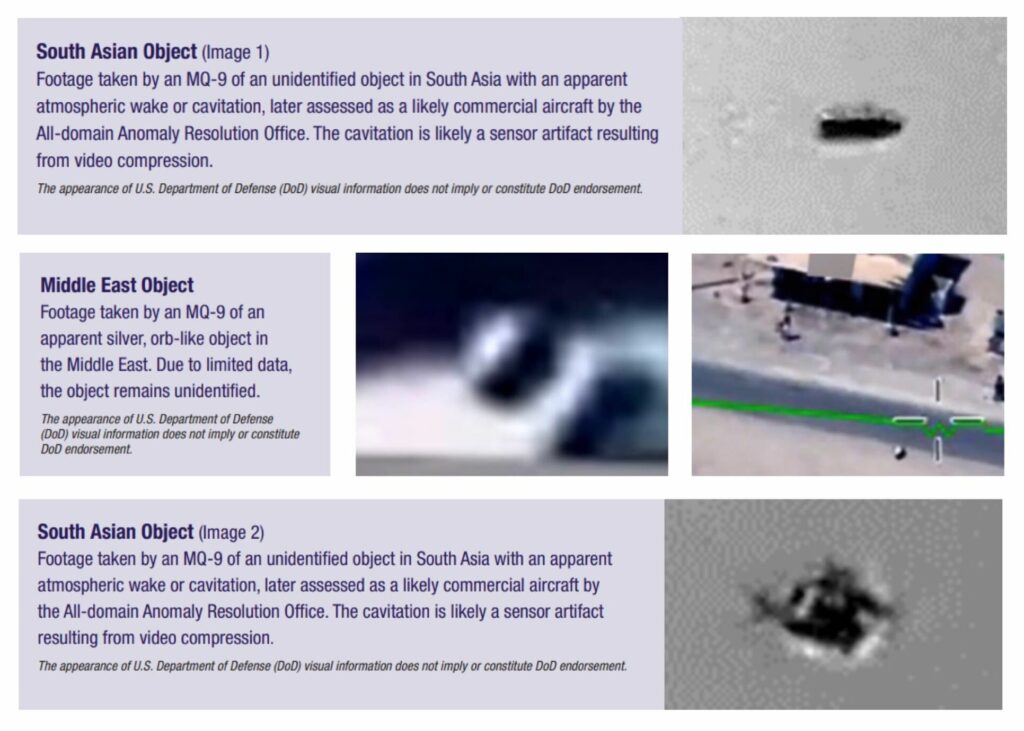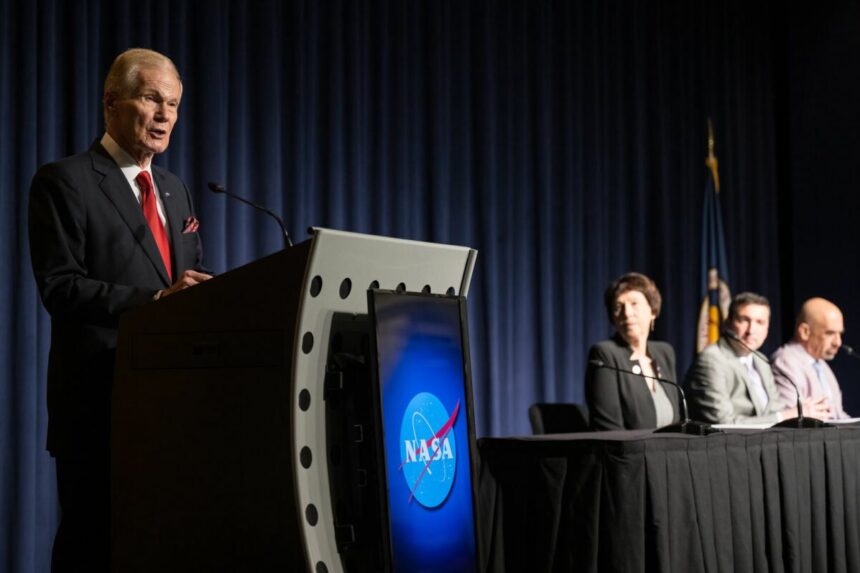A panel of independent scientists and experts convened by NASA has determined that there is no concrete evidence to suggest that unidentified anomalous phenomena, commonly referred to as UAPs or UFOs, possess an “extraterrestrial” origin. Nevertheless, they emphasized the need for improved data to comprehend certain encounters that continue to defy explanation.
NASA established this group of 16 experts last year with the objective of examining how the space agency can enhance its contributions to the scientific understanding of these objects. These phenomena have been reported by numerous military and commercial pilots.

On Thursday, NASA appointed Mark McInerney as the director of UAP (Unidentified Anomalous Phenomena) research. His role involves centralizing communication, resources, and data for a comprehensive UAP encounter database. The UAPIS (Unidentified Anomalous Phenomena Independent Study) released a 36-page report with recommendations how NASA can leverage its scientific expertise to support government investigations into these mysterious objects.
The top takeaway from the study is that there is a lot more to learn. The NASA independent study team did not find any evidence that UAP have an extraterrestrial origin. But we don’t know what these UAP are.
Bill Nelson , NASA Administrator

What are the findings of the NASA report on UAPs?
Unlike the sensational claims made during congressional testimony this summer, where a former intelligence officer alleged a government program to reverse engineer UAP craft, NASA’s report doesn’t contain such bombshells. Instead, it focuses on NASA’s role in contributing to a government-wide approach for collecting data on UAP incidents. The Defense Department’s All-Domain Anomaly Resolution Office, which has handled about 800 reports from military pilots as of May, leads in this effort.
The NASA report, which relied on unclassified information, noted that a small subset of UAP encounters “cannot be immediately identified as known human-made or natural phenomena.” Understanding these incidents, as the report emphasized, “will require new and robust data acquisition methods, advanced analysis techniques, a systematic reporting framework, and reducing reporting stigma.” However, the group emphasized that asserting an extraterrestrial origin for these objects requires substantial evidence.

“NASA’s assets can play a vital role by directly determining whether specific environmental factors are associated with certain reported UAP behaviors or occurrences,” the report said.
The group said the commercial satellite industry does have the capability to take higher-resolution images: “Although every point on Earth does not have constant high-resolution coverage, the panel finds nonetheless that such commercial constellations could offer a powerful complement to the detection and study of UAP when coincident collection occurs.“








